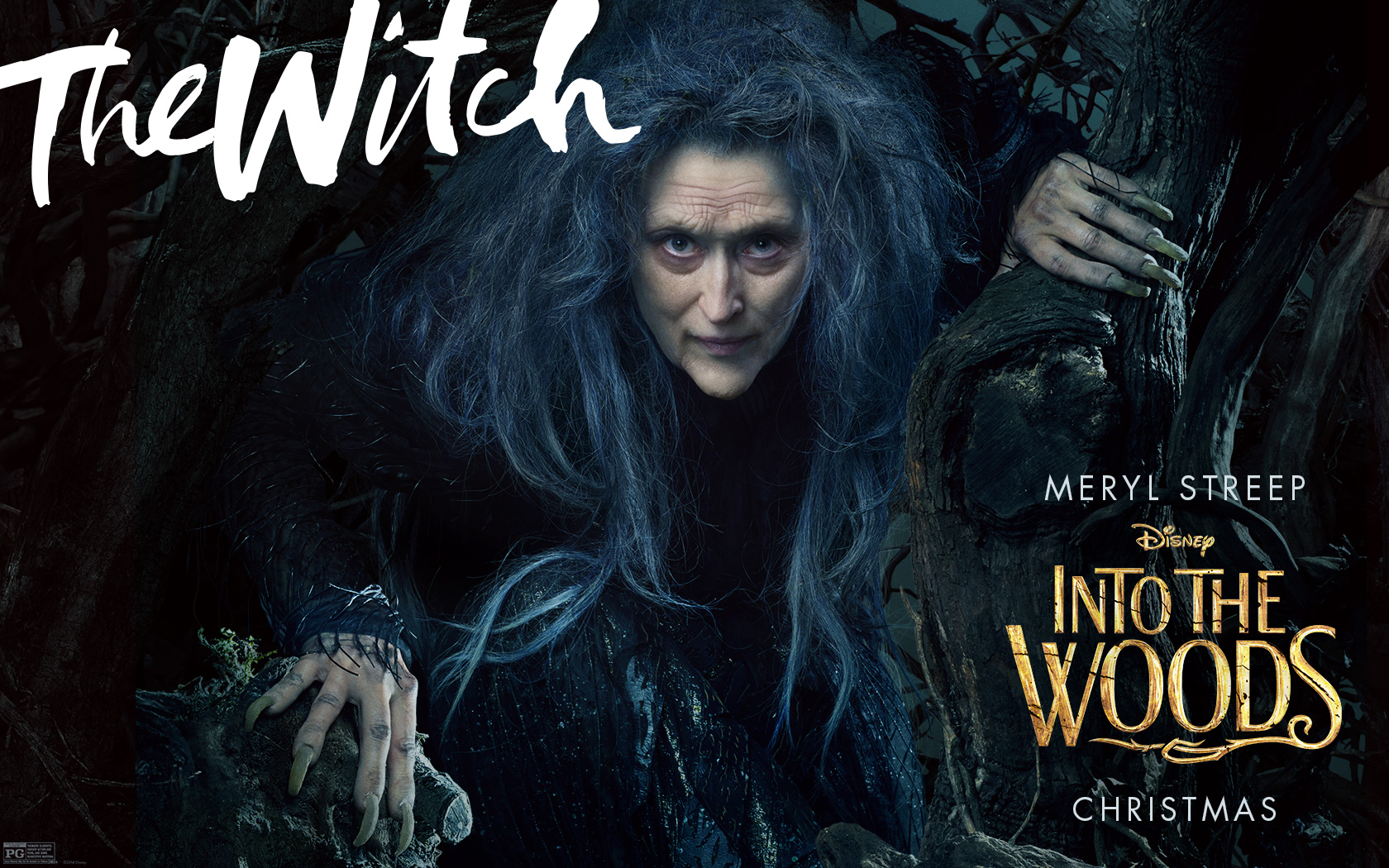Into the Woods: Feminists in the Not-So-Feminist Woods

Fairy tales, with their conventional formula of the damsel-in-distress rescued by her prince, are unmistakably patriarchal narratives that reflected the social climate during the time of their inception. Unsurprisingly, modern reinterpretations of fairy tales often work to highlight and problematize the normalization of such archaic narratives in our consciousness. Adapted from the critically acclaimed Broadway musical, Disney’s Into the Woods seems to set out to do exactly that: a childless baker and his wife sets out into the woods to undo an infertility curse placed on them by a witch, setting in motion the coalescence between multiple fairy-tale universes in the woods.
How well did it hold up to its mission? Here, I present to you the two times Into the Woods followed the feminist path and the two other times it strayed.
Someone finally said it – “Nice is different from good” 
Granted, someone probably said it before in far subtler terms, but this point definitely bears repeating. Niceness is often used as a synonym for good, especially in portrayal of females, to the detriment of their characterizations. The original Cinderella, for instance, seems to defy any description beyond being nice; she is not particularly headstrong or anemic, not particularly kind or cheerful but just blandly pleasant. Into the Woods attempts to address this by adding dimensions to its females, creating characters that finally resemble humans. Instead of being a literal cardboard cutout, we can now understand Cinderella as a vacuous and indecisive dreamer – not exactly morally good, but definitely a better-written character.
“Agony” versus the agony of seeing another angst-ing prince 
If taken from face value, the vapidness of the princes might be mistaken for lack of characterization entirely. However, the hilarious rendition of “Agony” orients the writer’s intentions really well. This scene simultaneously makes fun of the hyper-masculinity of the princes and the thinly veiled attempt to humanize them by introducing unnecessary angst. At the very least, this scene was humorously parodic of every theatrical chest-beating angst scene featuring the “manly” hero – what is not to like?
The fridged baker’s wife 
However, the feminist streak in Into the Woods doesn’t last throughout. As much as I want to believe that her sudden death after her brief dalliance with Cinderella’s prince positively symbolized the liberation of women’s sexuality, the setup ultimately prevented any such illusions; I can’t help but surmise that her death was the karmic consequence of her infidelity. Even beyond this, her death seemed to serve no purpose other than to further the Baker’s characterization and growth into a worthy father. Even right from the beginning, as dynamic and proactive as she is as a character, it is narratively destined that she exist upon her husband’s terms – she is merely someone’s “wife,” an object possessed by someone else. Therefore, this exposes a gaping problem within the film: though its treatment of its female characters is feminist on a superficial level, it ultimately falls apart under scrutiny that exposes the prevailing patriarchal structure in the story.
The persistence of the heterosexual family 
In the end, the Baker and Cinderella pick up the pieces of their lives and shack up together with Red Riding Hood and Jack, happily ever after. Wait, what? While I appreciated that its underlying sentiment of “no one is alone,” reconstructing a white, heterosexual family is especially ideologically regressive for this film. This ending seemed only to reinforce and justify the dominance of traditional heterosexual familial structure, discounting the validity of other forms of family. I concede that the time period in which the original musical was written has to be taken into account; however, it didn’t stop the scene from inciting a ‘whut’ reaction from me.
Bottom line:
While Into The Woods makes some strides in its portrayal of women, don’t be lured off the path into thinking it is a revolutionary feminist film – it is not, ultimately reusing the same old gender stereotypes to sustain its story. Beyond that, it also notably lacked diversity, utilizing a predominantly white cast.




